On 27 January 2021, the National Parliament (DPR RI) held a first discussion about the formation of new autonomy regions in various parts of Indonesia, including West Papua. The government has announced plans to establish four additional provinces on its territory in the western half of New Guinea Island (see table below). The Papua Barat province shall become the provinces Papua Barat and Papua Barat Daya, while the Papua Province will be split into the new provinces Papua, Papua Tengah (central), Papua Selatan (south) and Papua Pegunungan Tengah (central highlands) [see maps below]. According to the Indonesian Minister of Home Affairs, Mr Tito Karnavian, the parliament shall pass the laws for the formation of the new autonomy regions in 2022. The provinces are supposed to be established in 2023.
| No | New provinces | Regencies |
| 1 | Papua | Jayapura (municipality), Jayapura (regency), Mamberamo, Raya, Sarmi, Kepulauan Yapen, Biak Numfor, Keerom, Waropen, Supiori, Pegunungan Bintang |
| 2 | Papua Tengah | Mimika, Paniai, Nabire, Dogiyai, Deiyai, Intan Jaya, Puncak |
| 3 | Papua Selatan | Merauke, Asmath, Mappi, Boven Digoel |
| 4 | Papua Pegunungan Tengah | Jayawijaya, Lanny Jaya, Mamberamo Tengah, Nduga, Tolikara, Yahukimo, Yalimo, Puncak Jaya |
| 5 | Papua Barat | Manokwari, Manokwari Selatan, Pegunungan Arfak, Fak-Fak, Kaimana, Teluk Bintuni, Wondama |
| 6 | Papua Barat Daya | Sorong (municipality), Sorong (regency), Sorong Selatan, Raja Ampat, Tambrauw, Maybrat |
It seems as if the Indonesian Government has planned the administrative partition some time ago. Jakarta was well aware that the formation of new provinces would be facing widespread rejection in West Papua. Moreover, Article 76 of Law No 21/2001 on Special Autonomy for the Papua Province stipulated that the formation of new provinces needs to be agreed by the Papuan Peoples Assembly (MRP) and the provincial parliament.
Being aware that the MRPs and the provincial parliaments in West Papua would block the formation of new provinces, Jakarta made amendments without further ado to the special autonomy law. The government revised 20 articles in the pre-existing law single-handedly in July 2021. The revised Article 76 (2) of the new Special Autonomy Law now provides the legal foundation for the administrative partition without seeking the agreement of the provincial parliaments and the MRPs.
This move was heavily criticised among a wide range of civil society actors in West Papua. Particularly, the revision of articles related to the allocation of special autonomy funds and the formation of new autonomy regions caused public outrage in West Papua. Jakarta pushed through the amendments without consulting a large variety of stakeholders. In November 2020, various consultation meetings to determine the Papuan peoples’ thoughts about the special autonomy law revisions were prevented by government institutions and third parties.
In June 2021, The MRPs in the provinces Papua and Papua Barat challenged the legality of Jakarta’s unilateral effort at the Constitutional Court in Jakarta. The MRPs say Jakarta’s unilateral intervention to amend the law violate Article 77 of Law No 21/2001 on Papuan special Autonomy. The article stipulates that only the MRPs and the provincial parliaments in West Papua are mandated to suggest amendments of the law to the national parliament and the central government. The Constitutional Court adjourned the trial indefinitely due to the growing number of Covid-19 infections in Indonesia at that time.
Critics argue that the administrative partition in West Papua does not serve the wellbeing of indigenous Papuans. The formation of new autonomy regions would only bring benefits for a small political elite in West Papua. Past administrative partitions in West Papua resulted in corruption, growing expenses for administration and increasing migrant influx. The partition is also predicted to accelerate the exploitation of West Papua’s natural resources.
Government institutions in new provinces must be filled with civil servants to provide the smooth execution of bureaucratic procedures in accordance with government regulations. Too many funds are utilized to establish and maintain the new government structures which govern a considerably small number of people. According to 2020 demographic figures by the Indonesian Centre for Statistics, the total population in the provinces of Papua and Papua Barat reach only about 4,3 million people. This is less than half of the population living in Indonesia’s capital Jakarta with a total population of 10.56 million people as of 2020.
On 3 February 2022, students in Manokwari organised peaceful a demonstration against the government’s plan (see photo on top, source: Jubi). Previously, multiple religious leaders and politicians in West Papua had publicly declared their opposition towards Jakarta’s plans.
Maps of planned autonomy regions in West Papua
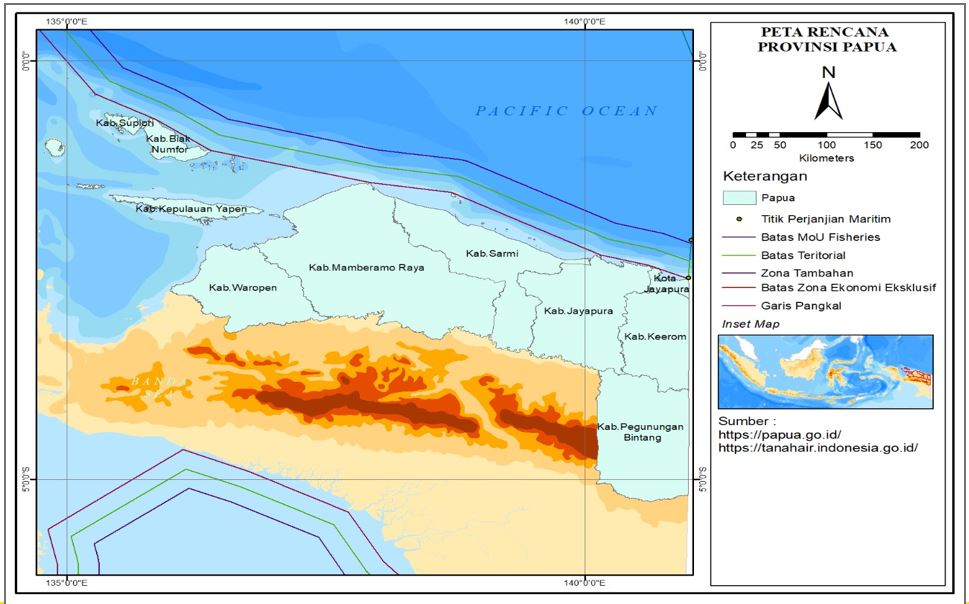
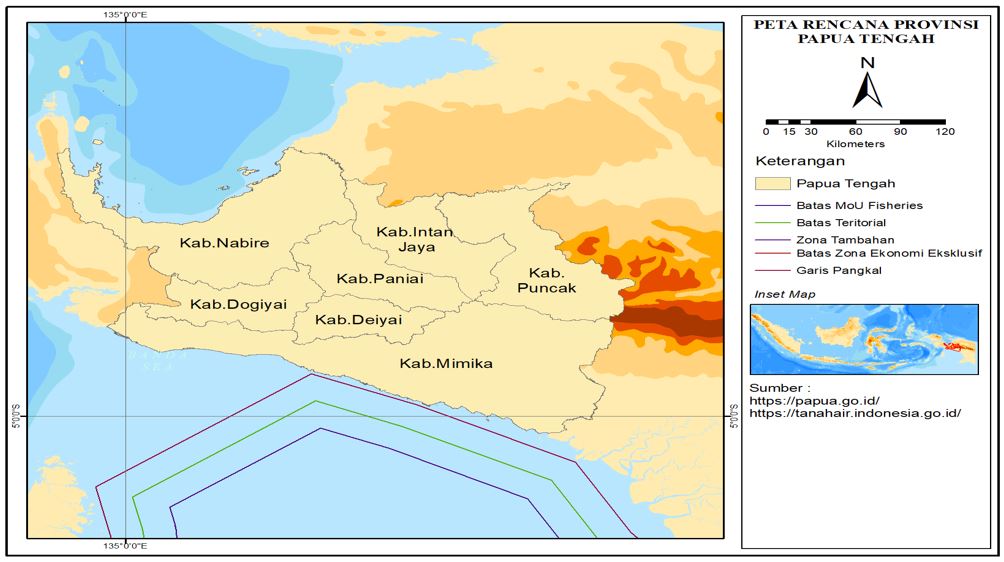
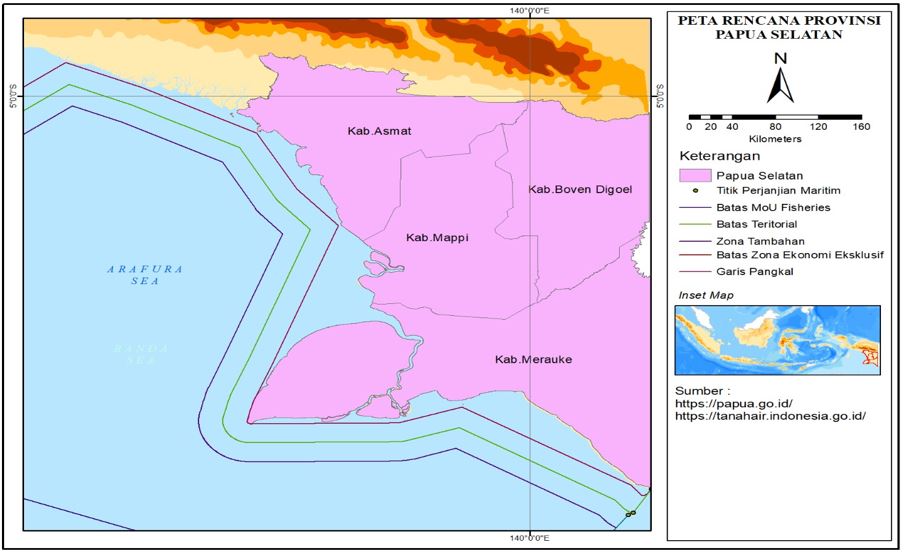
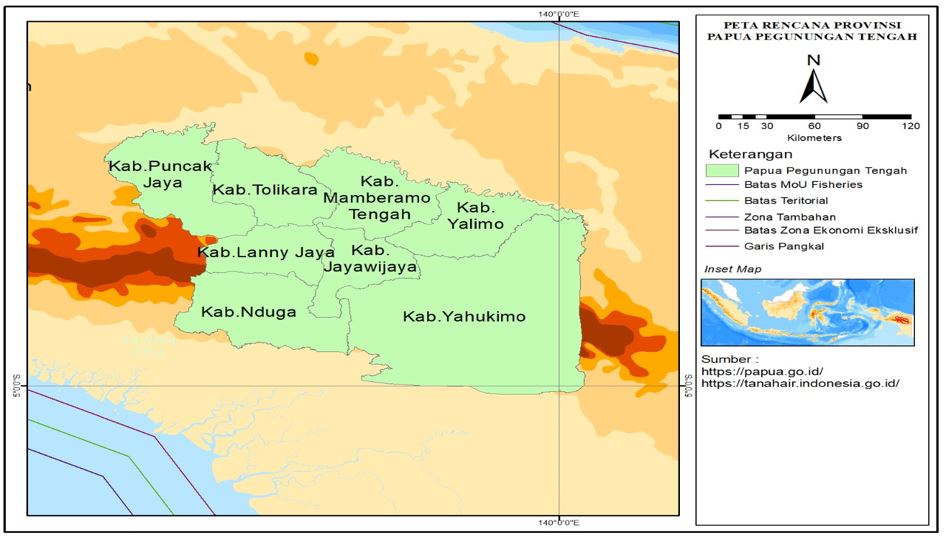
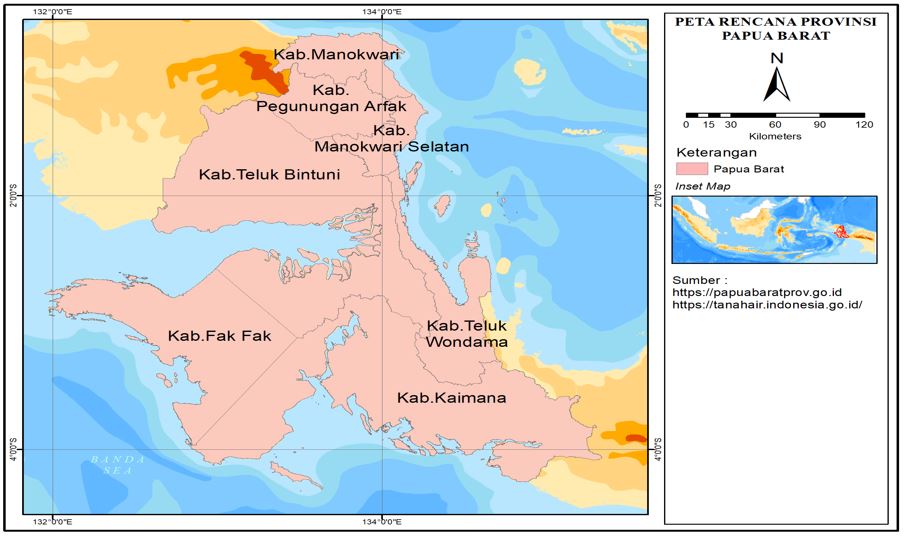
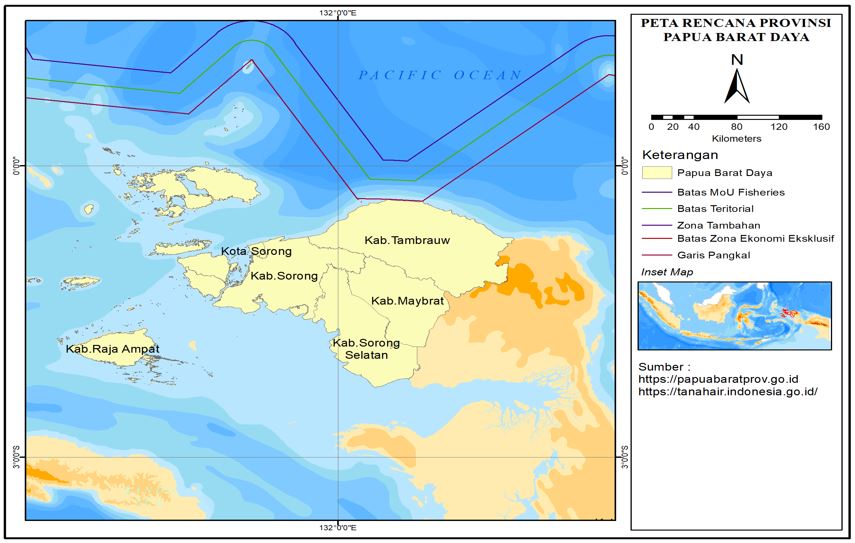
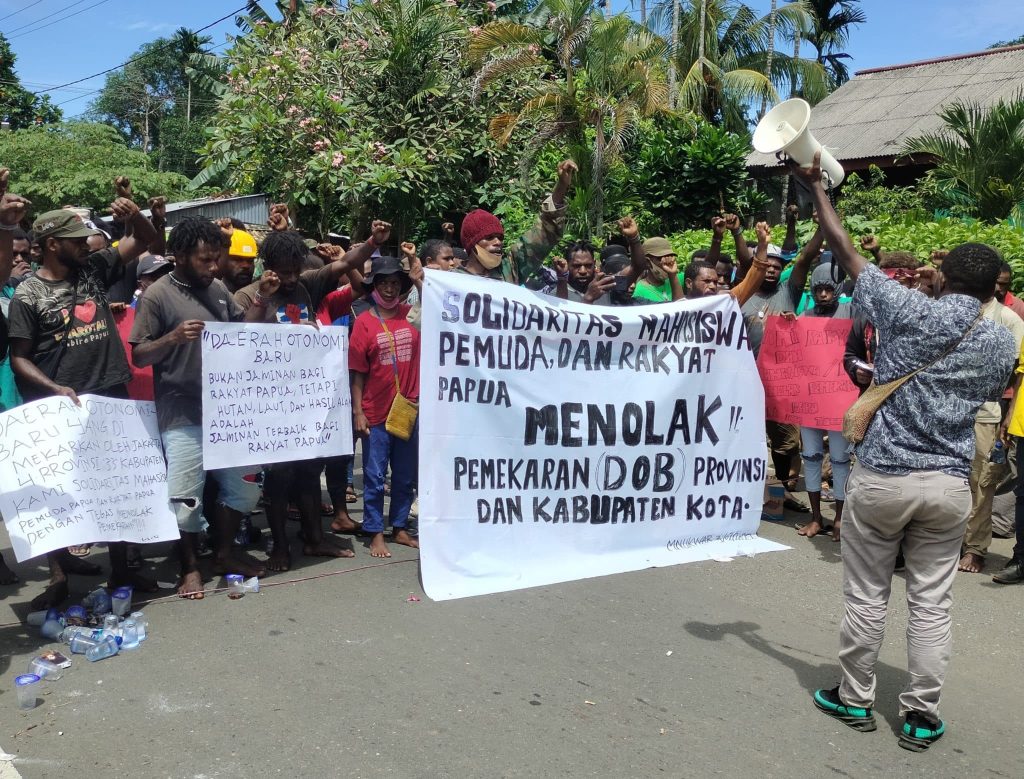
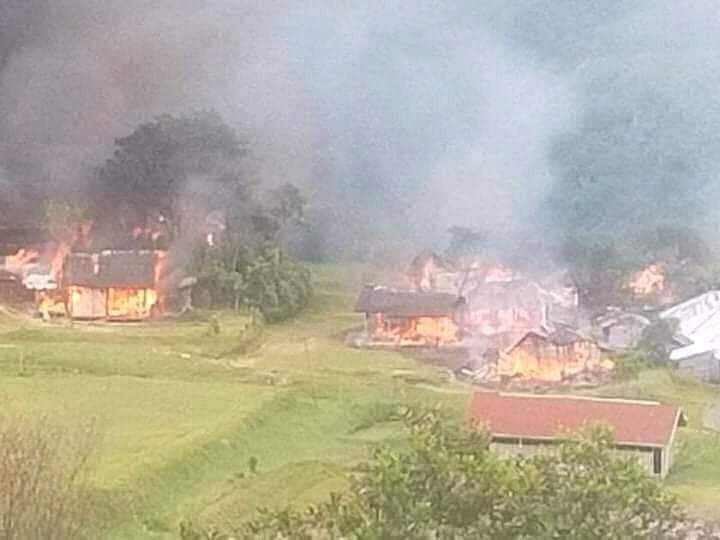
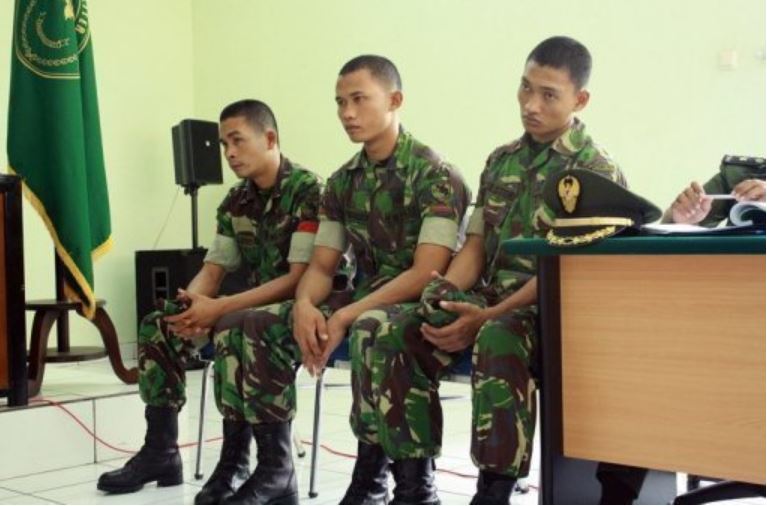
Pingback: West Papua Council of Churches laments displacement and killing of Papuans - Human Rights Monitor
Pingback: Series of arrests and torture of West Papua – 10 arrested, 2 tortured - Human Rights Monitor
Pingback: Police officers ill-treat protesters during peaceful demonstration against new autonomy regions in West Papua - Human Rights Monitor
Pingback: Police officers ill-treat protesters during peaceful demonstration against new autonomy regions in West Papua - Human Rights Monitor
Pingback: Police crack-down on protests against new autonomy regions in West Papua – two protesters shot dead, 14 injured, 103 arrested - Human Rights Monitor
Pingback: Indonesian parliament passes draft laws on formation of new provinces in West Papua - Human Rights Monitor
Pingback: Security forces again disperse protests against new autonomy regions in West Papua - Human Rights Monitor
Pingback: Indonesian parliament passes law for the formation of three new provinces in West Papua -
Pingback: Constitutional Court rejects application for judicial review of New Papuan Special Autonomy Law -
Pingback: Police shooting triggers civil unrest in Dogiyai – Three Papuans killed, five others injured with bullets -